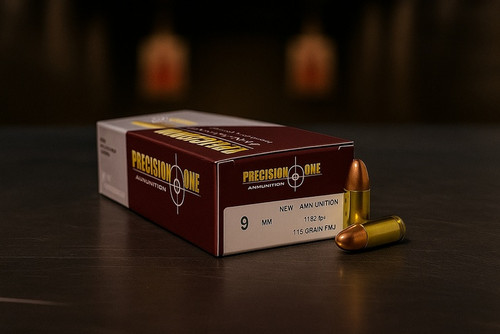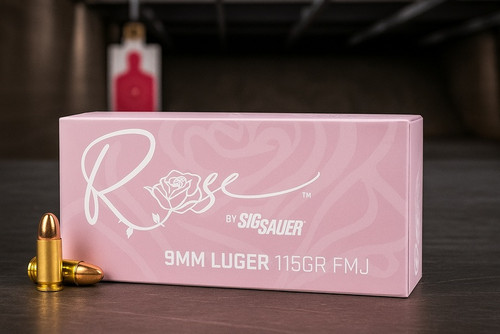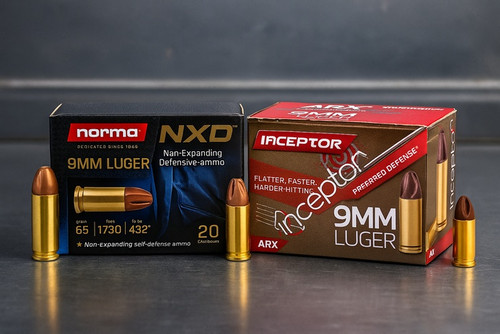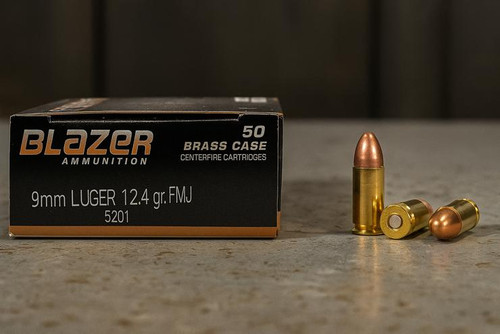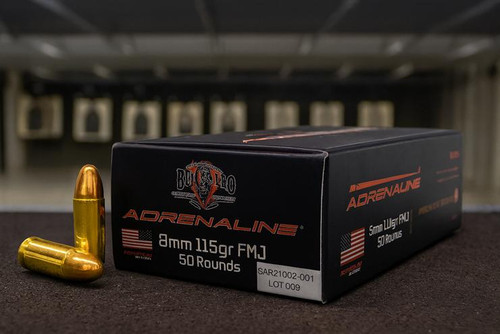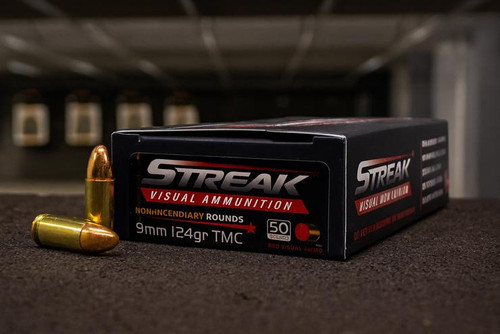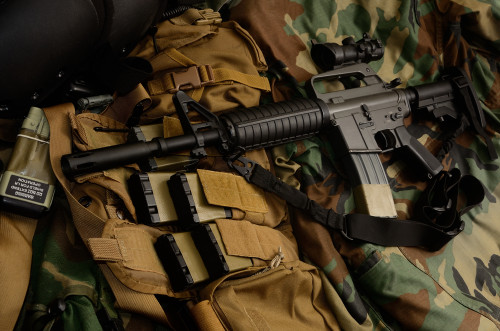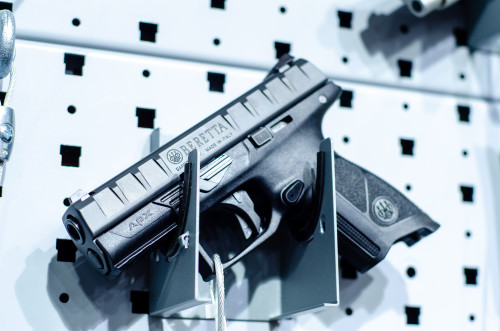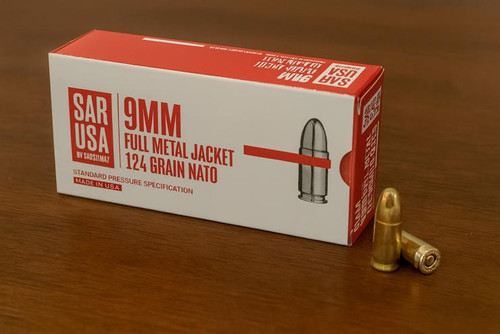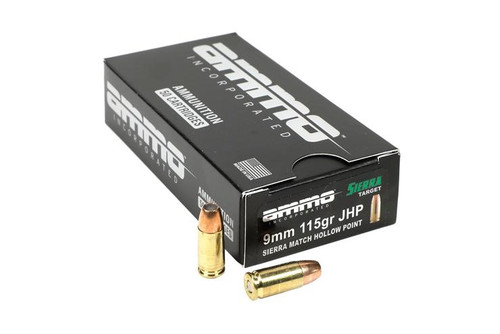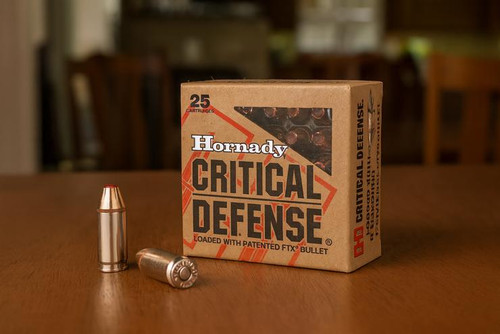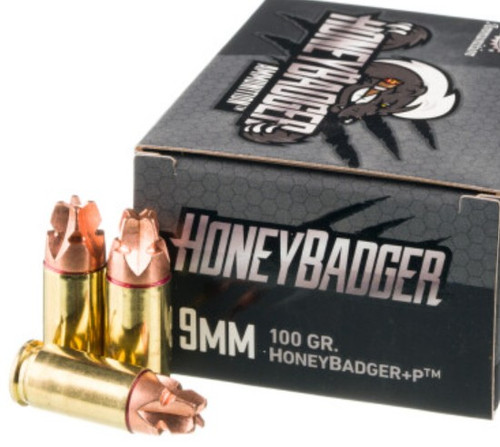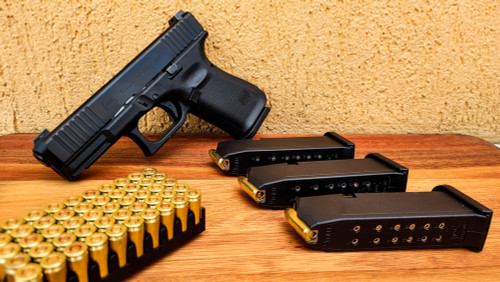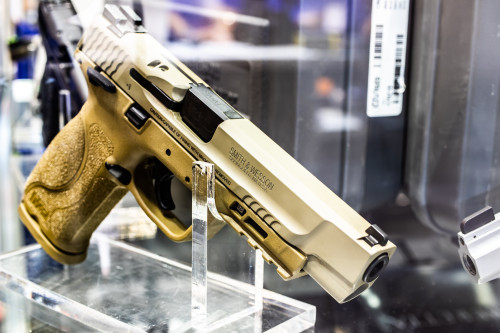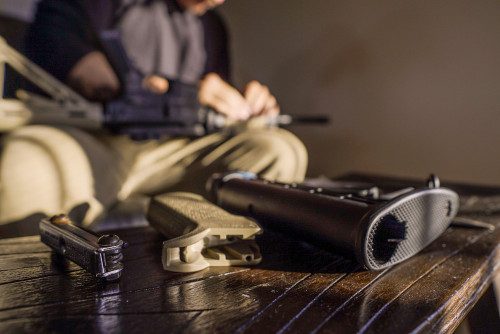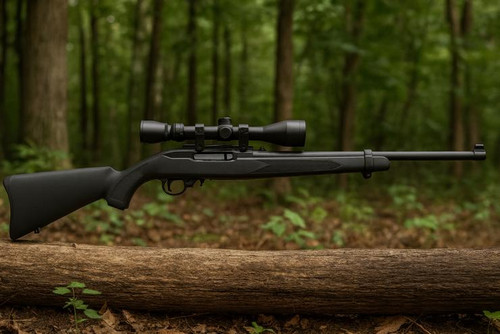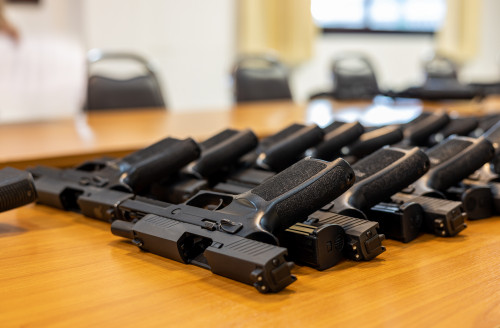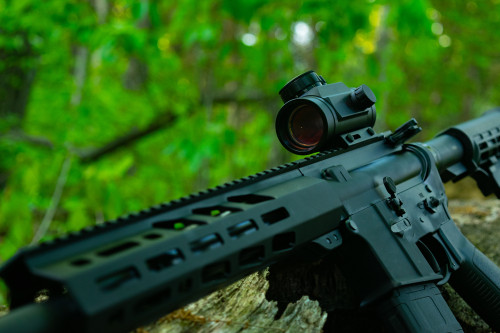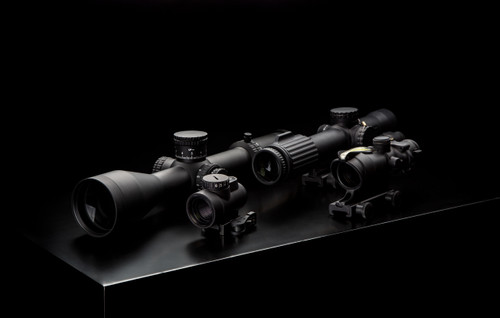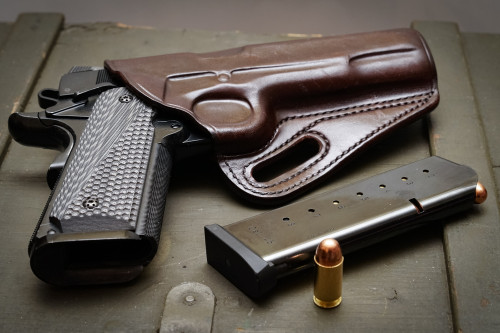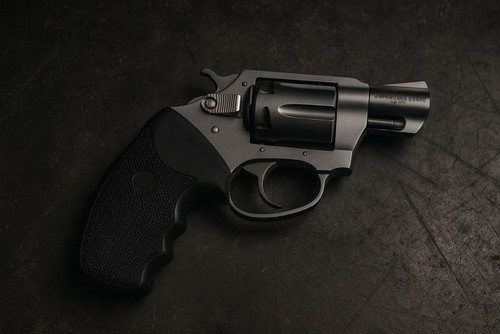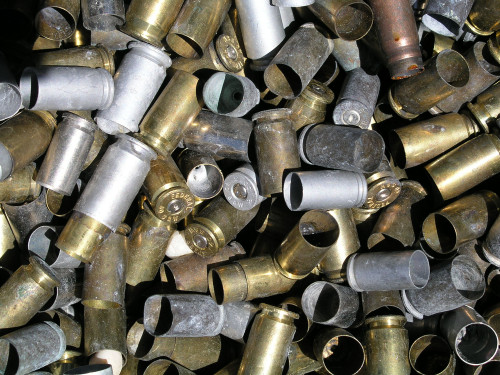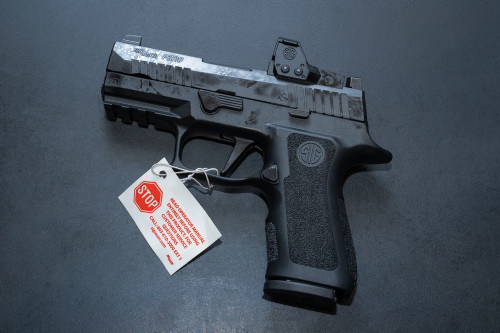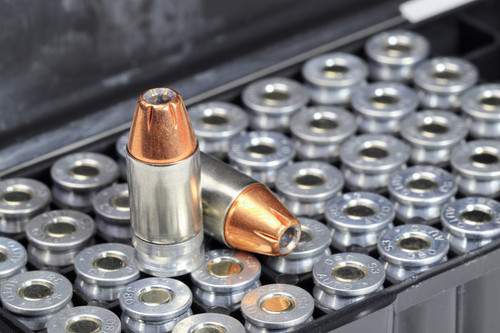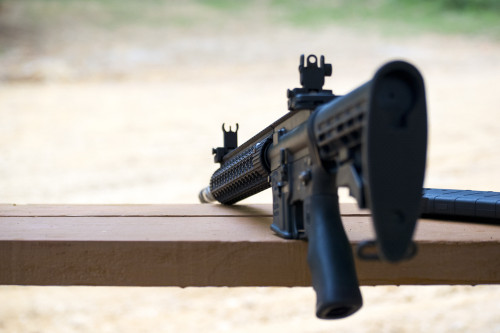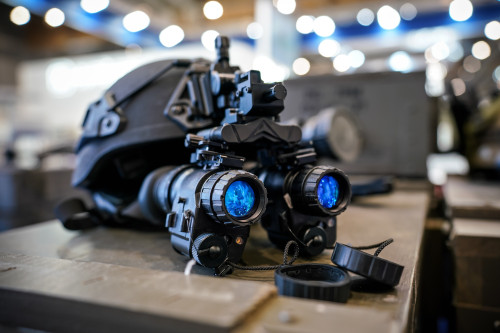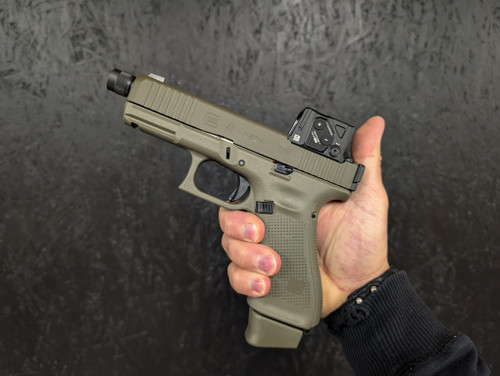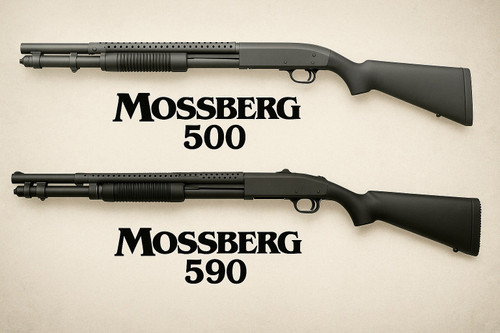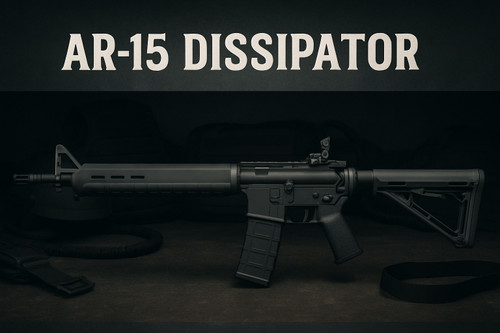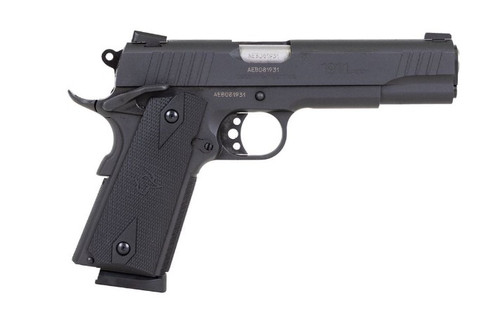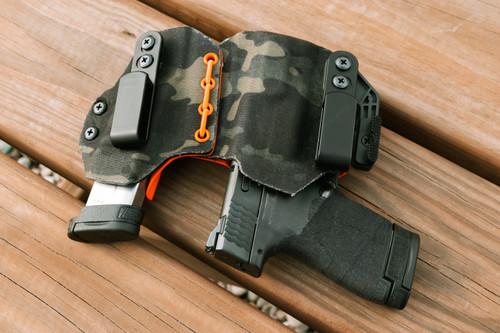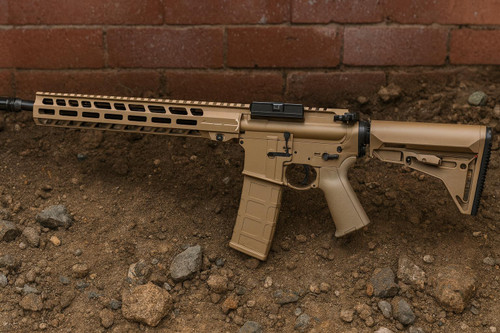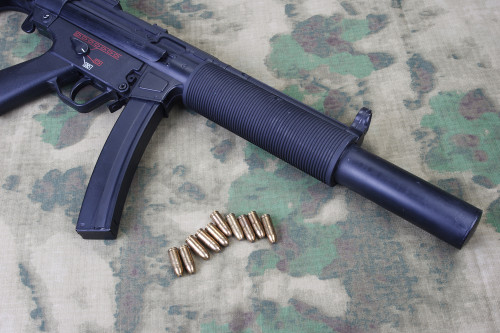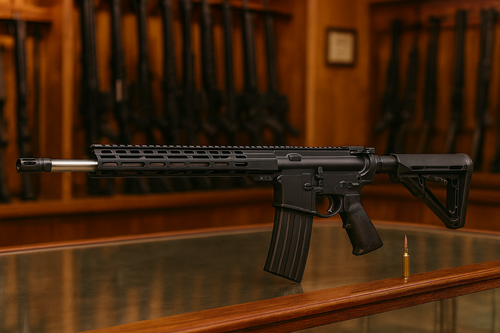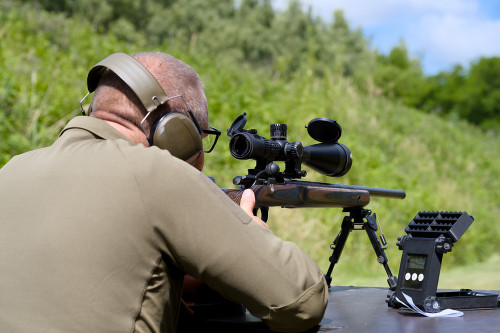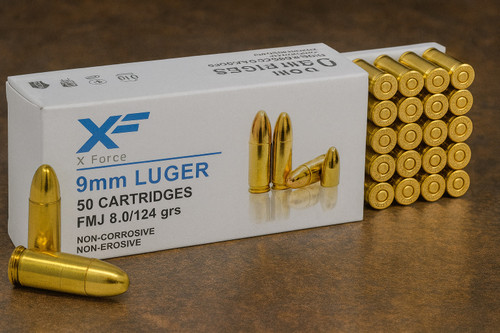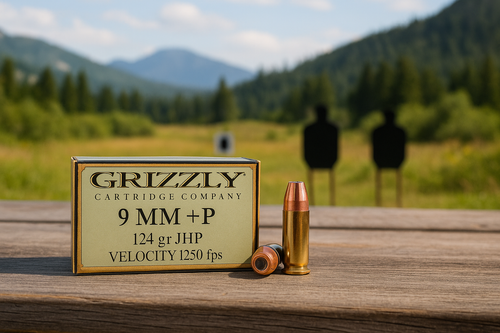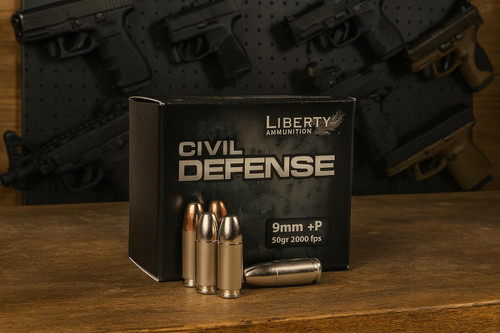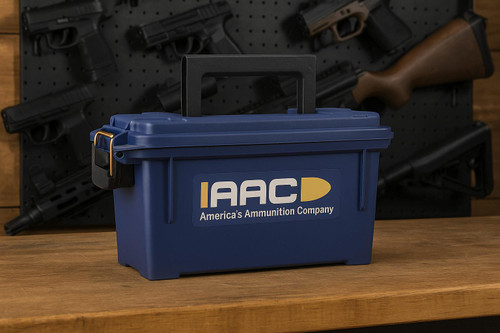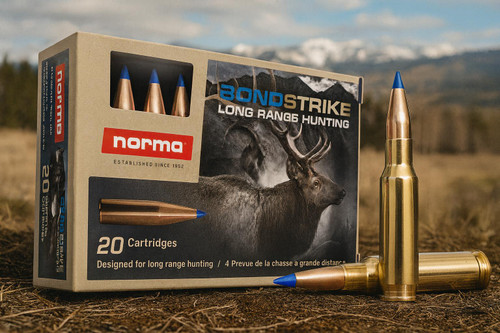Background on ATS Ammunition
ATS Ammunition is manufactured in North Macedonia and has recently emerged as a competitive option in the European and American training ammo markets. Though lesser known than legacy brands, ATS has grown a following by offering clean-burning, brass-cased 9mm FMJ ammo at attractive prices.
The most widely distributed offering from ATS is their X-Force 124-grain FMJ line, designed for high-volume range use and tactical training. It features reloadable brass, a sealed non-corrosive Boxer primer, and ballistics that fall in line with NATO-standard pressure loads.
With its solid specs and affordable price point, ATS aims to serve recreational shooters and professional trainers alike who want to stretch their dollar without sacrificing reliability. Though, there are some consistency issues with primers that have been reported.
How ATS 9mm Compares to Competitors
ATS 9mm FMJ competes directly with cost-effective European brands like ZSR, STV, and S&B. It is often sold at prices 10–15% lower than PMC or Fiocchi, making it a tempting buy for bulk shooters. Unlike steel-case imports, ATS uses brass casings and Boxer primers, giving it a leg up on its price bracket in reloadability and cleanliness.
That said, unlike brands such as Norma or Magtech, ATS ammo has received mixed feedback from users due to reports of hard primers, which can cause ignition failures in certain striker-fired pistols with lighter springs. Overall, it’s budget-friendly and serviceable, but it may not match the reliability of more established training ammo brands.
ATS 9mm Ammo Specifications
| Line | Bullet Weight | Type | Velocity (fps) | Energy (ft-lbs) | Reloadable |
|---|---|---|---|---|---|
| X-Force FMJ | 124-grain | Full Metal Jacket | 1,171 fps | 378 ft-lbs | Yes |
All ATS ammo is Boxer-primed, non-corrosive, and loaded in reloadable brass casings.
Performance at the Range
ATS 9mm provides decent accuracy and reliability under most range conditions. Its recoil impulse and velocity make it easy to control and suitable for all standard 9mm platforms. The only real notch against the ATS 9mm, though rare, is reported misfires from hard primers that have been noted in compact pistols and competition guns with reduced striker spring tension.
- Group Sizes: 3.0"–3.5" at 15 yards with stock striker-fired pistols
- Shot Consistency: Acceptable for training, though occasional variance in ignition
- Ideal Platforms: Performs better in full-size service pistols than tuned or micro-compacts
- Function Use: Best for target practice, recoil management drills, and malfunction training
Price and Value
| Product Type | Price/Box (50) | Price/Case (1,000) | Cost per Round |
|---|---|---|---|
| ATS X-Force 124gr | $11–$12 | $220–$240 | $0.22–$0.24 |
Among brass-cased 9mm options, ATS is one of the most competitively priced. For shooters looking to build range time on a budget, it's a worthwhile consideration, especially during times of market volatility or limited availability of premium brands.
Best Uses for ATS 9mm FMJ
ATS 9mm FMJ is best suited for:
- Recreational and informal range use
- Defensive pistol training (non-duty)
- Malfunction clearing drills
- Function testing and diagnostics
- Budget-conscious bulk storage
It’s not recommended for competitions, formal qualifications, or self-defense roles due to occasional primer issues.
ATS 9mm: Reliability and Function
Reliability is the mixed bag in this otherwise budget-friendly option. When it runs, it performs similarly to most European brass FMJ rounds. However, multiple user reviews suggest that some production lots may suffer from overly hard primers, leading to light strike failures in striker-fired guns.
- Feeding & Cycling: Good in full-size duty pistols like Glock 17, CZ P-10, and Beretta M9
- Primer Performance: Better with hammer-fired pistols or strong striker springs
- Cleanliness: Minimal carbon fouling; burns cleaner than steel-cased ammo
- Reloading Suitability: Brass quality and primer pocket integrity are suitable for multiple uses
Quick Pros and Cons
Pros
- Very affordable for brass-cased 9mm
- Good for malfunction and extraction drills
- Reloadable brass with clean primer pockets
- Reliable function in duty-size pistols
Cons
- Some users report misfires due to hard primers
- Not ideal for competition or match use
- Less consistent than premium range ammo
- Limited availability at local shops
How ATS 9mm Ammo Scores
| Category | Rating (out of 5) | Reason |
|---|---|---|
| Price | 4.5/5 | Among the most affordable brass-case training ammo |
| Reliability | 3.5/5 | Inconsistent primer ignition in some pistols |
| Accuracy | 3.5/5 | Good enough for most training needs |
| Cleanliness | 4/5 | Burns clean with minimal residue |
| Packaging | 3.5/5 | Simple boxes, no frills |
| Reloadability | 4/5 | Quality brass and Boxer primers are reloadable |
Gabriel’s Overall Rating:
Score: 3.9/5
Verdict: Reasonable Purchase
Should You Buy ATS 9mm Ammo?
If your priority is getting the most practice for the least amount of money, ATS 9mm FMJ is a viable range option, especially for shooters using full-size, duty-grade pistols with strong ignition systems. It offers reloadable brass and good accuracy for its class. However, if you’re shooting a tuned, competition, or micro-compact gun, be aware of the potential for failures due to hard primers.
That is not to say that hard primers are a bad thing. Many militaries around the world have their ammunition loaded with harder primers in order to promote reliability and reduce negligent issues with service issue firearms. Softer primers are more geared towards civilian shooting sports.
For range trips where perfection isn’t required, ATS is an acceptable, cost-effective pick.
ATS 9mm Ammo: Real-World Feedback
Positive Reports
- “Affordable and reliable in my Glock 17- no issues after 250 rounds.”
- “Clean shooting, brass looks good for reloading.”
Mixed Feedback
- “Had several light strikes in my P365. Works better in my Beretta.”
- “Good price, but I wouldn’t use it for anything serious.”
Negative Reports
- “Hard primers were a deal breaker. Too many misfires in my CZ competition build.”
Best Practices for Shooting ATS Ammo
- Test a box before buying bulk to ensure reliability in your firearm
- Avoid use in pistols with lightened striker springs or match triggers
- Clean your gun every 300 - 400 rounds to reduce wear from carbon buildup
- Store in airtight containers - packaging is basic
- Keep spare ammo for malfunction drills - ATS is perfect for training jams and misfeeds
Final Verdict on ATS 9mm Ammo
ATS 9mm FMJ is an accessible, brass-cased range ammo ideal for budget-minded shooters. Though it may not be match-grade or perfectly consistent, it offers good value for informal training and skill maintenance, especially in full-size pistols. Hard primers are a known limitation, but for many shooters, the price-to-performance ratio is worth the trade-off.
Train often. Train affordably. Just match the ammo to the gun.
Frequently Asked Questions (FAQs)
1. Is ATS 9mm FMJ ammo good for self-defense?
No. Like all FMJ rounds, ATS is not ideal for self-defense due to its lack of expansion and potential for over-penetration. Use jacketed hollow points for personal protection.
2. Is ATS ammo reloadable?
Yes. ATS 9mm brass cases are Boxer-primed and reloadable. Many reloaders have reported satisfactory case life and primer pocket quality.
3. Why are some people reporting misfires with ATS?
Some ATS production lots appear to use harder primers, which can cause light strikes in striker-fired or competition guns with lighter springs.
4. What bullet weight does ATS use in their 9mm FMJ?
The most common ATS 9mm load is a 124-grain full metal jacket bullet, loaded to approximately 1,170 feet per second.
5. How clean is ATS ammo compared to other budget brands?
ATS ammo burns fairly clean—comparable to STV, PMC Bronze, and Magtech—but cleaner than most steel-case imports like Tula or Wolf.
6. Where is ATS ammo made?
ATS 9mm ammunition is manufactured in North Macedonia and distributed throughout Europe and the U.S.



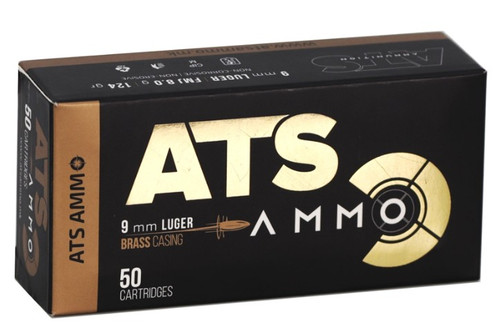
 Pro Armory Editorial Team
Pro Armory Editorial Team
